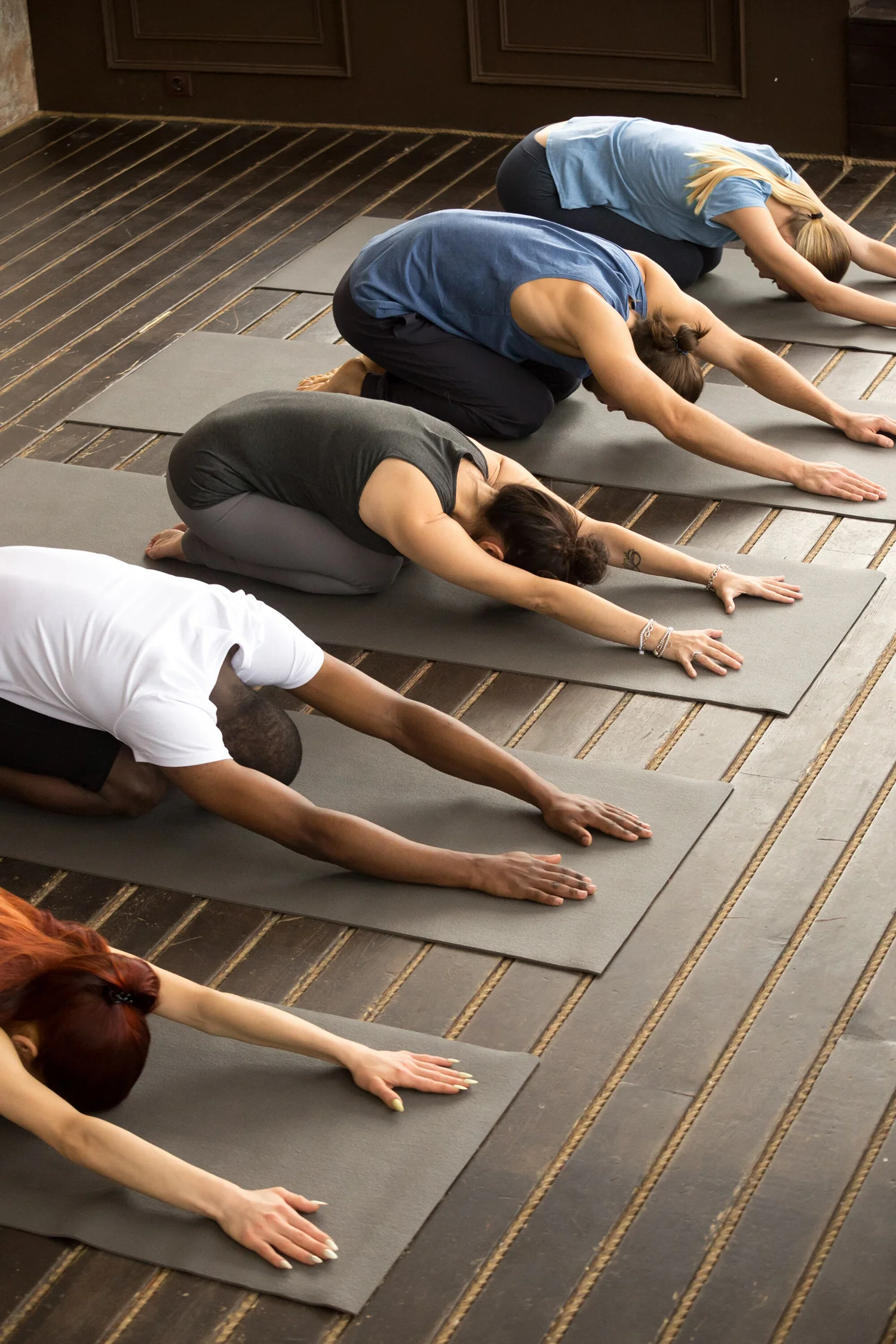Meet the Teacher Training Faculty: Angela Morley
Meet the Teacher Training Faculty: Angela Morley
What do you teach for the Iam Yoga Teacher Training?
I’ll be teaching the kinesthetics of advanced mindful movement. Kinaesthetic learning is done through practice rather than listening to a lecture or watching a demonstration. I will include an anatomical breakdown of the major advanced asanas used in group class (crow, crane, wheel, headstand and handstand) as well as the creative ways you can flow students into and out of them, but ultimately these postures and transitions will be refined as students work their own way through them while I watch and correct things that are misaligned or simply being missed.
How did you end up specializing in that topic? Why are you passionate about it?
I ended up specializing in this topic because it’s something I’ve practiced and taught for many years. I grew up a competitive gymnast and have been practicing yoga for about a decade now. I’ve been teaching about half that time. I find the types of movement exciting and I’m always playing around with new ways to get into and out of them while maintaining proper alignment, activation of major movers and release of major antagonists. Kinaesthetic learning with an experienced instructor is how I learned what I know about this kind of movement and I’m so excited to be able to pass this knowledge on to a new group of teacher trainees.
What are the things you really want the trainees to come away with from your lessons?
I want them to come away with less fear and close-mindedness. This type of movement can be really daunting but when you’re properly prepared, as you are in the rest of the teacher training program, and you maintain an open mind, the fear starts to dwindle. Whether or not the postures and movements happen is not as important as facing something you find scary and giving yourself an opportunity to try it from a safe and supported space. I also want them to come away with a sense that this practice is simply that, a practice. It takes dedication, mindfulness, and forgiveness to be done in a healthy space.
What do you see as the most important qualities of a great yoga teacher?
A strong knowledge of joint articulations including major movers and stretchers within each posture and transition in and out. Clear and concise language. The ability to read your room and adjust the practice or modifications given. The ability to let go of the thinking that this is YOUR class that you teach and remembering that it’s actually all about the student. If you’ve taught a student something about how their body moves and instilled confidence in that student about how they can adapt the practice for the way their body moves, then you’ve done your job.
What do you want aspiring yoga teachers to know about taking teacher training?
Yoga is for EVERY BODY. Remember we’re all human. Don’t worry about how much you know or don’t know or how much you can or can’t do going into it. Absorb all the knowledge you can while you’re in it. Engage with your practice, your teachers and your fellow students to discuss how you can help keep yourself and others safe in what I hope becomes a lifetime practice.


